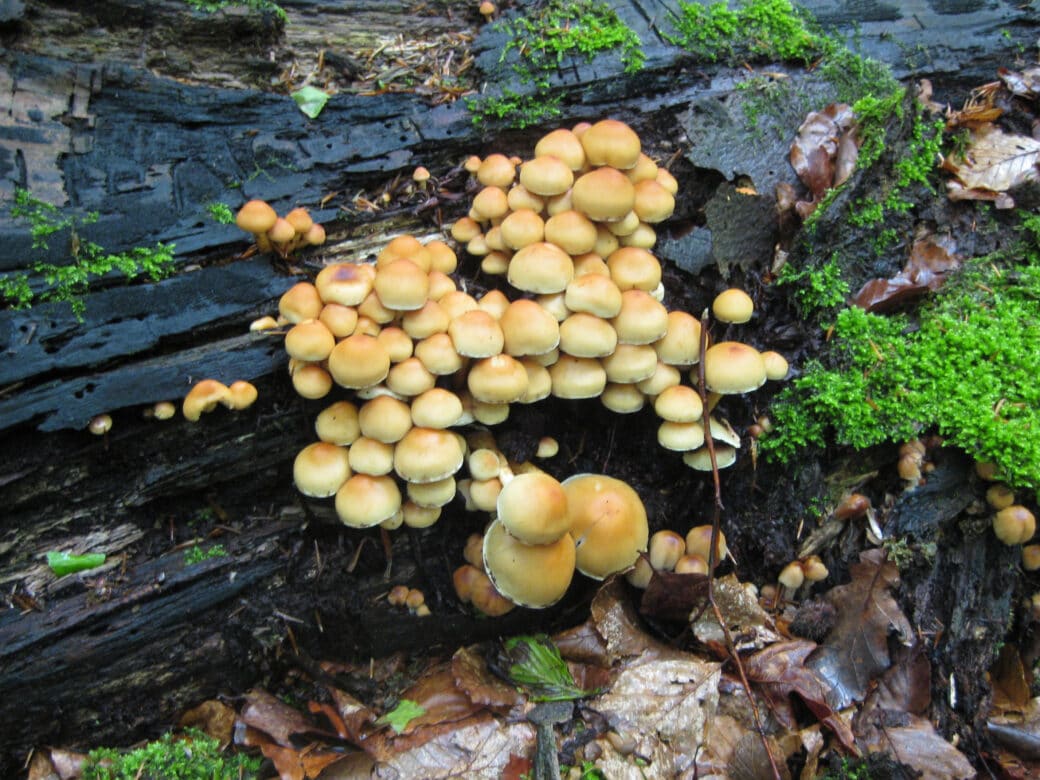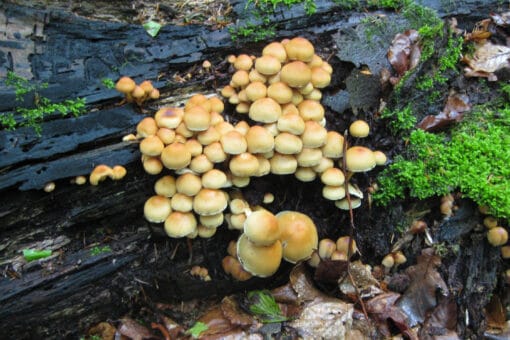Deadwood in the final decay class

Lying deadwood (logs) represents a habitat and substrate for many organisms that is transformed to humus through several stages of decay. The transformation to humus is critical for organisms that rely on specific decay stages of deadwood and for long-term carbon storage in forests. Understanding processes of decaying logs is difficult because several decay classes typically exist in parallel.
In this proposal, we will study the final decay class and deadwood humus from logs of 13 tree species in the BELongDead experiment. Our overarching hypothesis is that the function of deadwood as habitat and substrate for microorganisms changes in the transition from the final decay stage to humus. These changes are related to shifts in the substrate quality and process rates and differ among tree species, regions or plots, and forest management intensity, and result into different humus and carbon accumulation in forest soils.
The substrate quality of these deadwood fractions will be assessed by chemical and spectroscopic analyses. Tree species identity and plot specific differences in substrate quality of deadwood fractions will be linked to microbial process rates including respiration, biological N2 fixation, microbial carbon use efficiency, microbial growth, microbial biomass and necromass turnover. We expect that deadwood from rapidly degradable tree species will produce hardly any humus and will not contribute to carbon accumulation in forest soils in the long term.
This project allows a reassessment of logs in the final decay class and of deadwood humus as a substrate for microorganisms and the function as carbon storage in forests. By continuing the BELongDead experiment, regional and forestry influences on long-term mass loss of logs and on the quality and quantity of deadwood humus will be elaborated. The project provides important insights for deadwood and biodiversity management and modeling of the carbon budget in forest ecosystems.










